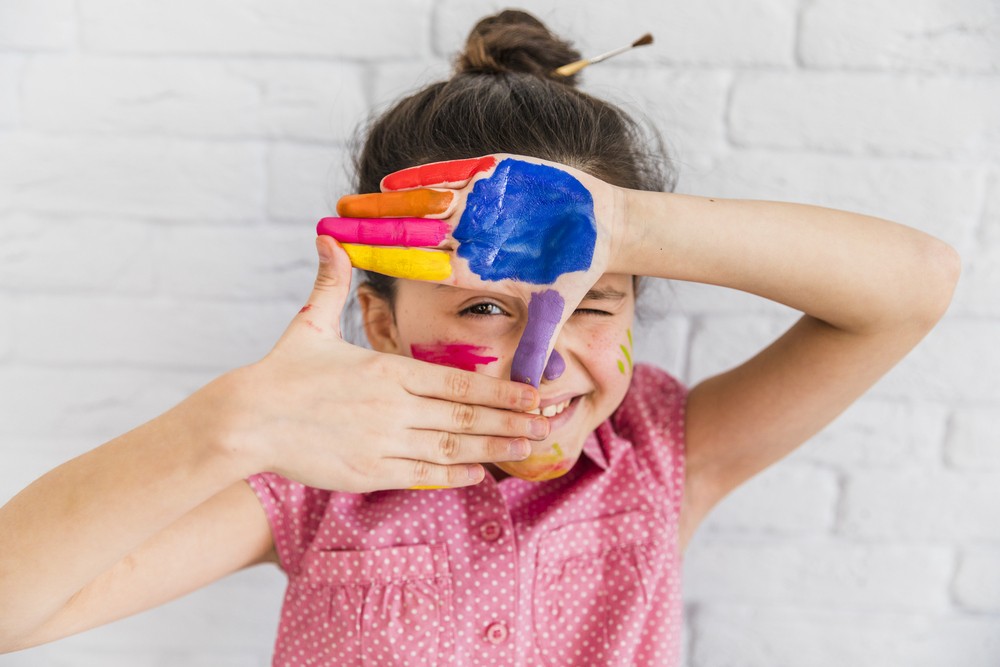Throughout the age groups play varies, however, the child is continually developing essential life skills. It’s interesting to observe groups of children and how they react. Take for example very young kids enjoying a messy play area with other children. Within this environment they’re using many skills from social to interactive and being adventurous. Their play is often spontaneous by shaping games as they go which is all part of fun filled play times.
Different Play forms
Depending on age groups play can be games with rules, and even toddlers and babies can play these. Pretend rules often come into being and all rules are flexible. These are some of the best games as it allows the child to fully use their imaginations by using actions, situations and objects.
- Creative play is huge fun as the child is free to express all emotions and engaging their imaginations to the full.
- Physical play involves children practicing their motor skills and improving co-ordination and balance.
- Manipulative play enhances the hand-eye co-ordination, while constructive play usually involves building something which can often be very complex.
- Language play is enjoyed with words and sounds, and all kids enjoy stories and jokes.
- Co-operative play involves children taking turns to share and decide on what to play.
- Parallel play is where the child plays side by side using the same toy, but without interacting.
- Solitary play is playing alone while Spectator play watches other children without joining in the play.
Creating learning through play
Play can be very basic. For example, it can be helping Mum to do the washing up, or tidying the house. This can often lead to the child wishing to create his or her own domestic tasks then playing a game of who has the tidiest home or makes the best meal. Many kids like to play at shops and this is a great area for developing a variety of skills.
Books and painting are essential for all age groups and reading at bedtimes should be a part of a child’s early life. It’s also essential for play to take place both indoors and outside to provide variety.
Reviewing play
Each child has a preference on play. Adults need to listen to the child’s needs and in doing so respect their wishes. They need to be supportive without interfering and in doing so make a positive contribution towards the developing skills of learning through play. Adults need to focus on any aspect that may become harmful to children, either emotionally or physically, such as being rejected or bullied.
All children develop at varying paces and it’s important to provide the right type of play and support for all type of abilities.
Exploring, thinking, and learning through play
The characteristics of effective learning are: Playing and exploring, as children investigate and experience things, and ‘have a go.’ They are continually developing a need to explore and develop their personal skills, and achieving their own goals.
Active learning
Children will often keep on trying if they encounter difficulties, in reaching their goal. They will thrive on enjoying their achievements.
Creating and thinking critically
Children develop their own ideas, often making links between ideas, and in doing so develop their personal strategies for doing things.
Promoting learning with your child
Take every opportunity to play with your child, even if it’s a silly game. Do it, as you’ll both have fun. Play will not only teach confidence it will learn from any failures too.
Learning through all play will allow the child to gain their self-confidence and be free to explore all new experiences.
Everyday play
Play is joyful, meaningful, interactive and actively engaging for any child. When a child takes on a play activity it is usually thinking, ‘What am I going to learn from this activity?’ Children are hands-on learners and learn knowledge from playful interaction. Play teaches leadership and group skills, and provides a platform for building their own resilience enabling them to conquer their fears. Play is a natural tool that fulfils imagination and satisfies any child.
Image credits :
Freepik


